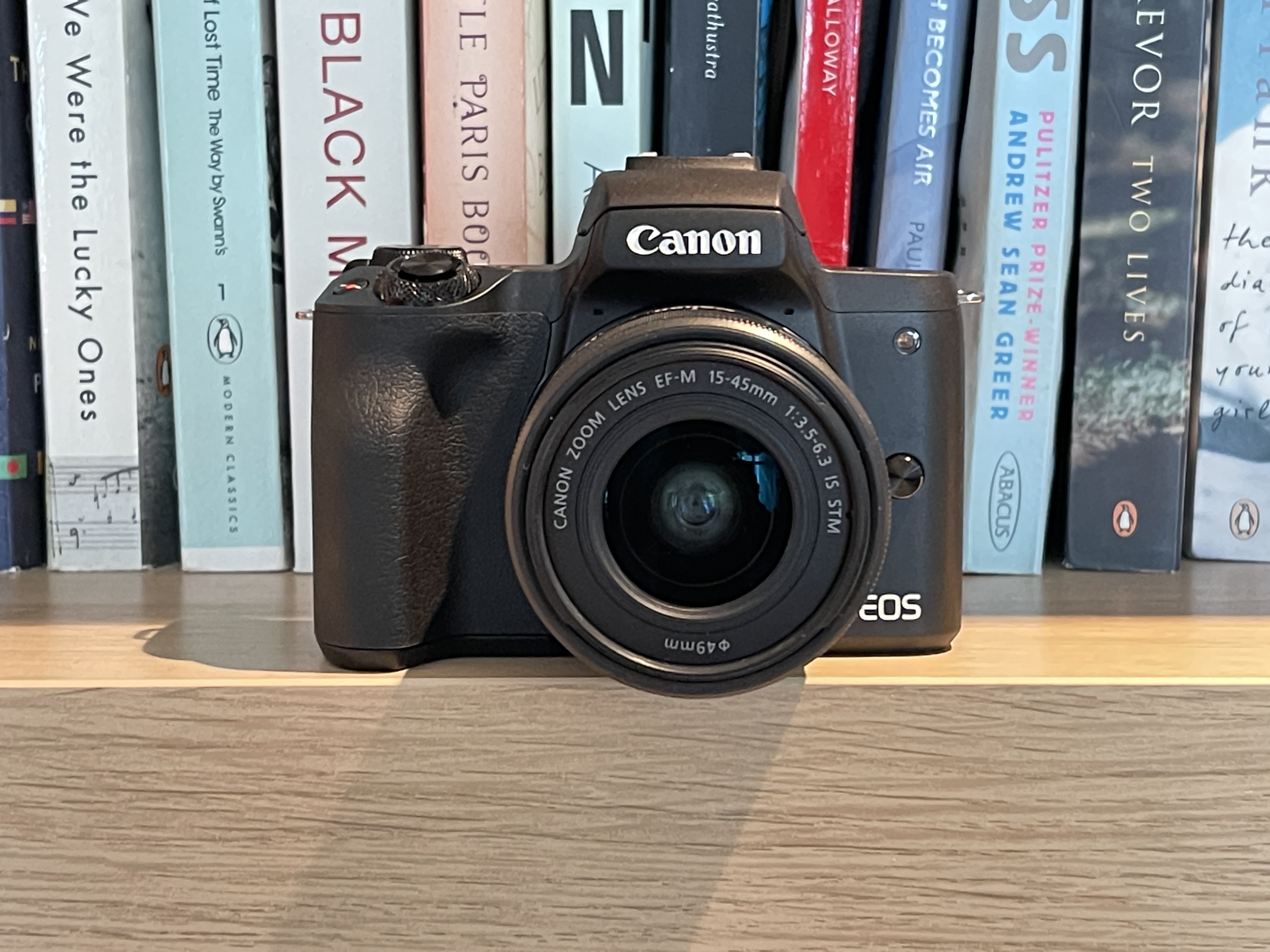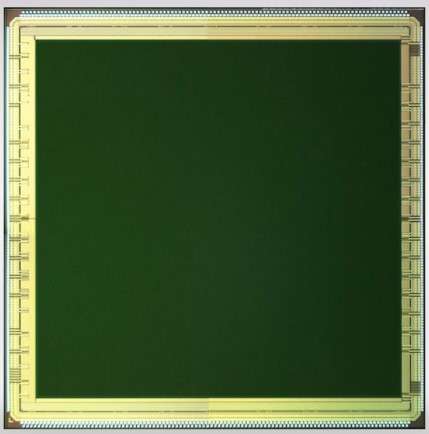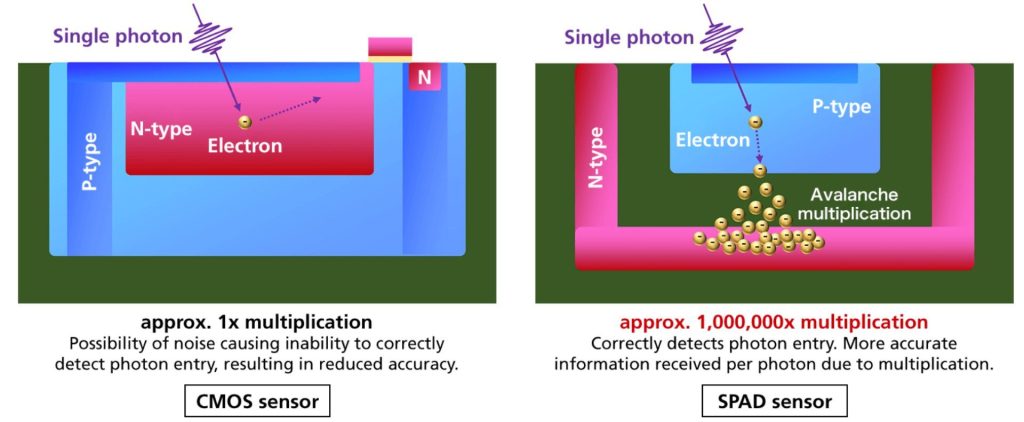Night time pics to get more colorful - Thanks to Canon's new image sensor
It's called SPAD

Low-light imaging, or what lay persons generally refer to as night time pictures, may get more colorful and clear in the near future, thanks to a new image sensor that Canon has come up with.
Till now, digital cameras put to use a CMOS sensor. But Canon has developed something called single-photon avalanche diode (SPAD) image sensor that amplifies a single photon, allowing it to capture a high amount of detail with only one-tenth of the brightness needed for existing image sensors.
Apart from brighter night light pics, this new technology is expected to come in handy in the fields of augmented reality and automated driving.
Canon will mass produce this new image sensor from next year at its plant in Kawasaki, Japan. But it will invest $182 million to build a new image sensor plant in Hiratsuka, Japan to where it hopes to later shift its production.
- These are the world's best cameras for photography
- Or check out our guide to the best mirrorless cameras
- Read our in-depth Canon EOS R3 review
Canon to put the new image sensor in its security cameras

So far, night-vision cameras that use infrared rays throw up pictures in black and white. But Canon's SPAD sensors can bring about a huge change to the scheme of things.
According to a report in Nikkei Asia (behind paywall), "the number of pixels in a sensor is key to image clarity, and Canon's SPAD sensor boasts 3.2 million, making it the world's densest, more than three times the number of the company's conventional sensor. It can recognize the time of light returning in units of less than a nanosecond, allowing for more accurate object recognition."
Unlike the CMOS image sensors found in smartphones, which measure the amount of light reaching a sensor’s pixels in a given timeframe, SPAD image sensors detect each photon that reaches the pixel. Each photon is converted into an electric charge, and the electrons that result are eventually multiplied in avalanche fashion until they form an output signal.
Get daily insight, inspiration and deals in your inbox
Sign up for breaking news, reviews, opinion, top tech deals, and more.
SPAD sensors measure the distance to an object based on the time it takes for the reflected light from the object to return, and can capture space in three dimensions.
Canon will install the sensors in its security cameras that it would be introducing by the end of next year. It will also market the sensors to other companies, the Nikkei Asia report said.
How Canon achieved this tech breakthrough

Till recently, it was deemed difficult to create a high-pixel-count SPAD sensor, as the sensing site (surface area available for detecting incoming light as signals) on each pixel was already small. And when more pixels are incorporated by making them smaller the sensing site also reduces, which naturally results in very little light entering the sensor.
However, Canon incorporated a proprietary structural design that used technologies cultivated through production of commercial-use CMOS sensors. "This design successfully kept the aperture rate at 100% regardless of the pixel size, making it possible to capture all light that entered without any leakage, even if the number of pixels was increased. The result was the achievement of an unprecedented 1,000,000-pixel SPAD sensor," Canon said.
Canon's SPAD Sensors have a time resolution as precise as 100 picoseconds, which enables extremely fast information processing. Movement of fast-moving objects like light are possible because of this.
SPAD sensors will also be of great use in depth sensing, and for fully digital system architectures.

Over three decades as a journalist covering current affairs, politics, sports and now technology. Former Editor of News Today, writer of humour columns across publications and a hardcore cricket and cinema enthusiast. He writes about technology trends and suggest movies and shows to watch on OTT platforms.